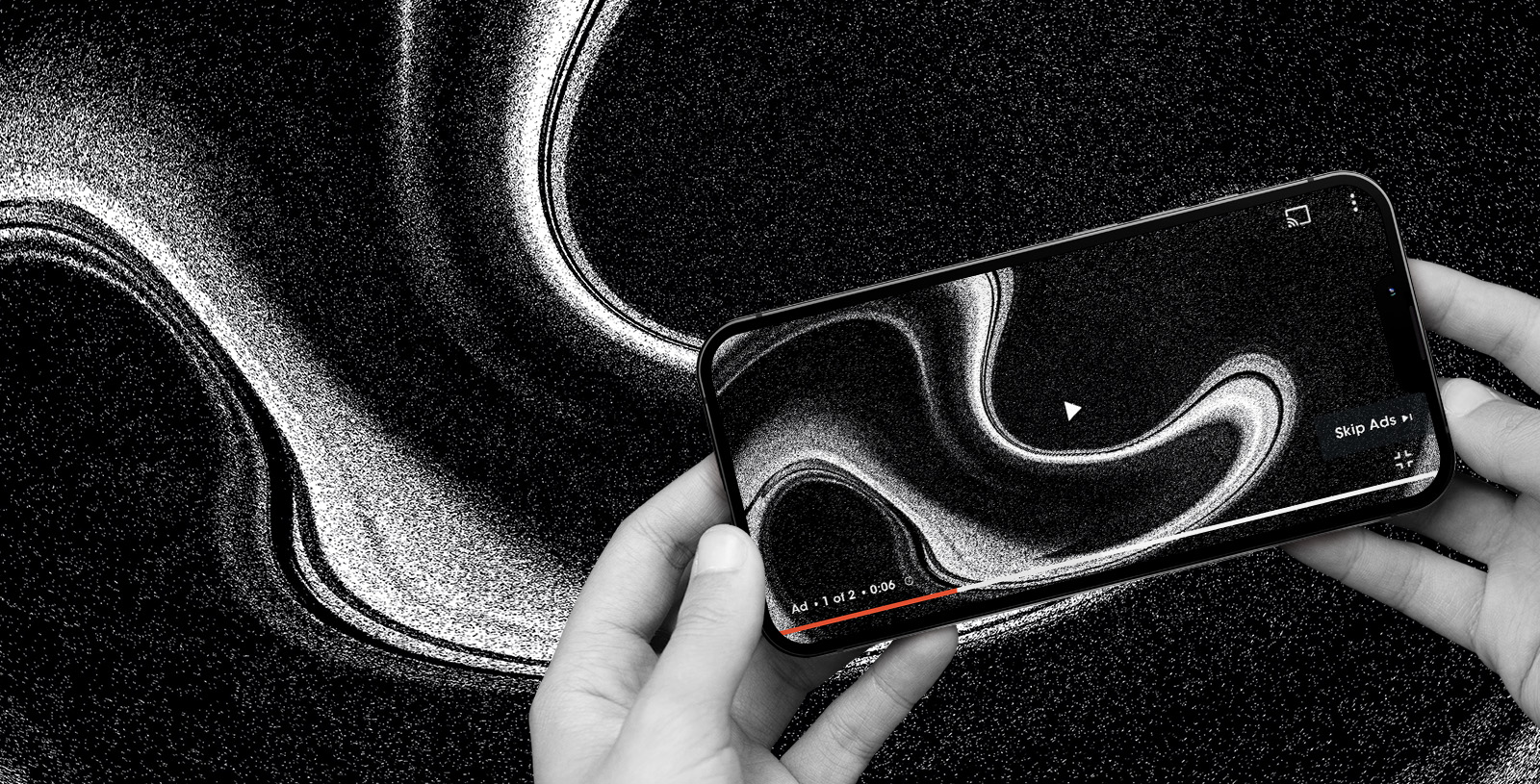This article was updated in January 2025
Video advertising has been a part of our lives for decades thanks to traditional television. And, with the advent of YouTube in the mid-2000s, our video consumption has rapidly accelerated.
Then comes the rise of video platforms like TikTok and Instagram. The latter recently announced that it was no longer a photo-sharing app, but a video-sharing app.
People now consume a phenomenal amount of video on streaming services, on their computers or (especially) on their smartphones.
And, from an advertiser’s standpoint, video is proven to be an effective tool for generating awareness and influencing decisions across all stages of the customer journey.
It’s become obvious now that video is a must in any web marketing strategy.
However, advertisers face several challenges, including people’s habit of skipping ads on YouTube and other social platforms.
So how can you create video ads that resonate with your target audience, capture their attention and ultimately produce the results you want?
11 best practices for creating top-performing video ads
Here are some practical tips to keep in mind when creating your next video advertising campaign.
1. Keep your brand at the center of the message
Messages that focus on a brand’s personality (its values, history, mission) resonate 80% better than videos that focus on promoting a product.
In the video below, Chobani is not promoting a new flavor of yogurt or a new line of products, but rather highlighting their actions toward recycling.
2. Remain subtle
Integrating your logo in a natural way, on a product, for example, is more effective than simply overlaying your logo on the screen.
This video ad from Veer, a company that sells transportation equipment for children, makes that point well. The footage shows the product in action and the logo is clearly visible, without being front and center.
3. Don’t forget the audio
On one hand, many users listen to videos without necessarily looking at the screen, so Google recommends mentioning your brand out loud in your video ads to increase visibility.
On the other hand, on some platforms like Instagram or Facebook, users mostly browse without sound.
In both cases, your message should be clear and understandable.
4. Start with a bang
Video ads are usually very short, so you have little time to grab the user’s attention. So, try to avoid lengthy introductions.
Play with aesthetics and consider quick cuts to grab the listener’s attention: close-ups of a particular element, saturated and vibrant colors, out-of-the-ordinary subjects, etc.
Also, make sure your logo is present within the first 5 seconds.
This TikTok ad from Mentos fulfills that brief very well:
- The product is present in the first few clips
- It immerses us in the universe of the brand at the very beginning
- The first clip is surprising and the camera movement captures the attention
5. Emotions and advertising go hand in hand
People tend to remember a brand more when ads play on humor or strong emotions like suspense.
In this Chanel Mother’s Day ad, the kids and their costumes are cute and funny and they make this ad memorable.
6. Add a call-to-action
We tend to think of video ads as passive and less action-oriented. On the contrary, you should use the tools at your disposal to get people to take action like visiting your website.
For example, Video Action ads on YouTube (formerly TrueView for action) are optimized for conversions and allow you to add a custom call to action.

This Shopify ad couldn’t be clearer: the video explicitly tells the listener what actions they should take. The overlay link in the lower left also provides quick access to the Shopify website.
7. Stay relevant
Video ads are often used as part of a prospecting strategy, meaning that they are used to reach a target audience that is not yet familiar with your brand.
Consumers will not hesitate to skip your ad if it doesn’t speak to them. Use relevant targeting to increase your chances of showing your ad to someone who might be interested in your products or services.
Also, context can play an important role in your video ad’s performance. You could, for example, push your ads at a certain time of day or even according to the weather.
8. Put yourself in your consumers’ shoes
Your ad should speak directly to your target audience. Your customers should be able to easily recognize themselves in your ad. To do this:
- Use actors who look like them
- Demonstrate how your products/services fit into their daily lives
- Highlight a problem that your company addresses
This ad from the Joy+Glee brand effectively addresses all three of the aforementioned points. The main character is authentic and we see how their product fits into her daily life. In addition, we mention the competitive advantage that meets the needs of consumers: it’s faster to remove hair with Joy+Glee strips than those of competitors.
9. Make your ad part of a global strategy
Your video ad should be part of an overall marketing strategy. Presenting a single video to a user is not likely to have the desired effect. Be sure to use other channels to reach your user on multiple fronts: social media, web banners, etc.
For example, when video and engine ads were used together, campaigns saw a 45% increase in ad recall, a 43% increase in purchase intent and a 180% increase in message retention.
10. Tailor your video ad to fit each social platform
More and more companies are moving away from large-scale productions to make simple, authentic videos that resemble native content on social platforms.
These videos give less of an impression of being a promotional message which reduces the chances of a listener skipping your ad out of habit.
For example, you could, on TikTok, use existing effects and fonts on the platform.
Also, many companies use user-generated content (or influencers) as advertisements. We actually wrote an article about sponsored branded content here.
11. Use data in your creative process
We tend to separate data from creativity, but that’s not the way to go. Brands should put data at the center of their creative brainstorm.
- Do an in-depth analysis of your last video ads, which ones worked well? What did they have in common?
- An audience analysis can also help you determine shared interests among your listeners: what types of music do they listen to? What kinds of videos do they watch? What topics are they passionate about?
By knowing your audience, you can create videos that appeal to them.
It’s not a one-size-fits-all
While the best practices mentioned above can help align the production of your next video, they should be taken with a grain of salt.
Just because something works for another company doesn’t mean it will necessarily work for you. Testing is the best way to determine that.
If you are looking for a partner to help you create and broadcast your next video campaign, Bloom would be happy to help. Fill out this form.
Read it first:
Get new articles delivered to your inbox
ABOUT THE AUTHOR
Marie-Joëlle Turgeon
Marie-Joelle works at Bloom, a digital marketing agency, as the Director of Marketing. She's passionate about digital marketing tactics (from social media to web design) for B2B businesses looking to grow online.




Share this: